This post is an expanded version of a Facebook post I wrote yesterday, and is informed by replies I received from Elliott Schwartz, Chas Smith, and James Pease. Thanks all.
Reading Andy Costello’s recent article on NewMusicBox (the website for New Music USA), “What 4’33” Teaches Us,” http://www.newmusicbox.org/articles/what-433-teaches-us/ , is a mixture of the appealing and the depressing. Appealing, because Costello launches his discussion (after some personal background) with the statement that “all performative acts are pedagogical in nature.” In order to introduce what 4’33” “teaches”, he introduces the idea of silence as a potent and educative statement.
The heroes and heroines of these performative lessons include: 1) House democrats in a moment of silence for the victims of the Orlando shooting, 2) Black Lives Matter activists at a Bernie Sanders rally, 3) Muhammad Ali’s famous protest of the Vietnam War, and 4) my personal experience as a middle school music teacher.
The first three examples, of silent protest as a strong (and “loud”) statement, are one thing. The fourth point, Costello’s teaching experience, is entirely another thing. Here Costello describes his “lesson” on 4’33”.
Now, in 2016, I taught a general music class to middle school kids at a private school in Chicago. In one class, I thought it important that they watch a performance of 4’33”. It failed miserably—the kids laughed at the performer and found nothing of value in the work. I explained to them that they were criticizing the piece before truly hearing it, so I offered them the challenge of performing 4’33” together as a group before they offer any critical feedback, and they unanimously agreed to the challenge. So, I told them we would officially begin the performance of 4’33” when I give them the cue. I set the timer for 33 seconds (the duration of the first movement), started the timer, and gave the cue to begin. Several of the students laughed and made silly noises within the first ten of those seconds, but I let the movement go on without reprimand. I then went on to the second movement, 2’40” in length, during which the students began to hit the desk loudly, throwing pencils and other small objects at one another. They were having a great time. Still, I said and did nothing to sway their sounds and actions. I then gave the last movement of 1’20”, during which the bravest of students stood up and began roaming around the classroom, sometimes running, sometimes crawling underneath the desks. One student narrated their actions to the rest of the class in a voice somewhat akin to the late Steve Irwin. At this point, six of the 15 kids left their seats, at least 10 of the 15 were audibly laughing and/or talking, and not a single one of them was looking or listening to me. This is how this performance of 4’33” came to an end.
Costello let his students run riot over the piece. He didn’t teach them what the piece means and how it works in performance. And this is where the quality and care of presentation comes into pedagogy. In teaching 4’33” (and I’ve done this lots of times over the years) I’ve often started with the 33″ opening movement without comment. The students will have some idea of why I’m doing it, though, as I will introduce it in a unit about time and performance, or some other related topic. Context and setting is all important in education, if the students are to be receptive to the information they are given. Anyway, my first go has, quite often been accompanied by laughter, texting, and the other joys of large classroom life, particularly in groups of mixed arts students, or younger students, such as Costello’s. Then — and this is where Andy Costello failed miserably — I begin to talk about what a performer can do, and must do, to perform 4’33”. Do we choose and instrument? Do we follow David Tudor’s use of closure in some way? If so, how? Which version of 4’33” do we use? How do we as performers bring across 4’33” as a piece (because performance is, like the culinary arts, about presentation and service)? What will the audience get from our performance if we just fidget around, or make funny faces? (I often tell students that the most effective way of performing even the most silly Scratch Orchestra or Fluxus pieces is with an air of serenity, letting the audience interpret the silliness for themselves). I tell them about the presenter at the Royal Musical Association conference whose paper, entitled (as I remember it) “Is 4’33” Music?”, was based on his fidgeted performance. We talk about whether there can be good or bad performances, and what the students might do to perform 4’33” in an effective manner. We talk about indeterminate instrumentation: how would a band perform this (I directed a really great band performance). What will the performance space give us (the 2005 Barbican performance, in an acoustically dry room, was dull)? How about an al fresco performance? What about changing the timings? How to we act between movements? And so on. We then try a group performance, first of the 33″, and then, should we have the time, we’ll definitely move on to a whole performance, though after squeezing all that goodness out of the performance aspect alone, we rarely have that time. That’s how I’d show that performative acts are pedagogical. And in the past, some of these students have taken the questions and moved into demonstrating what they’ve learned by performing 4’33” themselves. There will always be a few students who are resistant to the combination of opportunity and responsibility that 4’33” gives the performer — they just don’t get it — but then again, we all receive information differently, and that in itself is part of the pedagogical process.
And that’s where Costello’s other claim about 4’33” falls absolutely flat: “all art says something, even when that something happens to be nothing.” Like the minority of students in my classes, Costello just doesn’t get it. Looking at all of the considerations surrounding the performance of 4’33”, plus a whole host of political, social, and philosophical implications, and what 4’33” says is patently not “nothing”. It pretty much says almost everything.

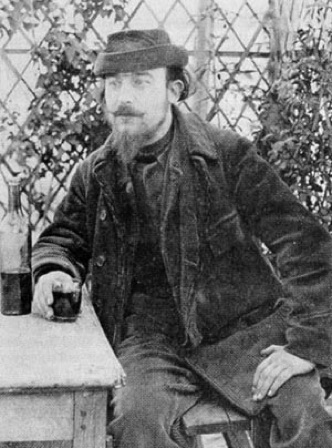
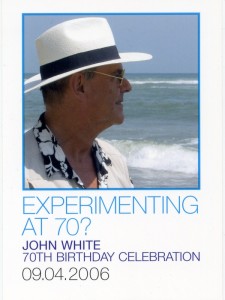
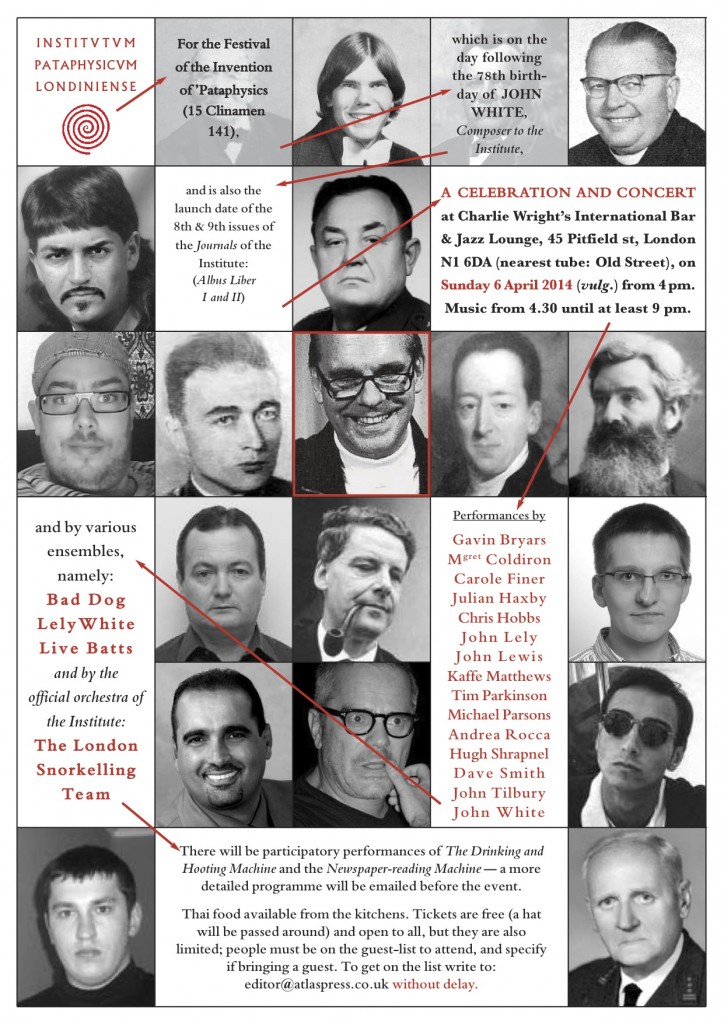
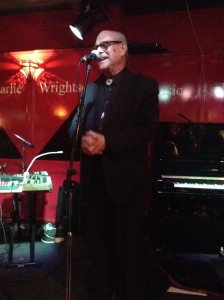
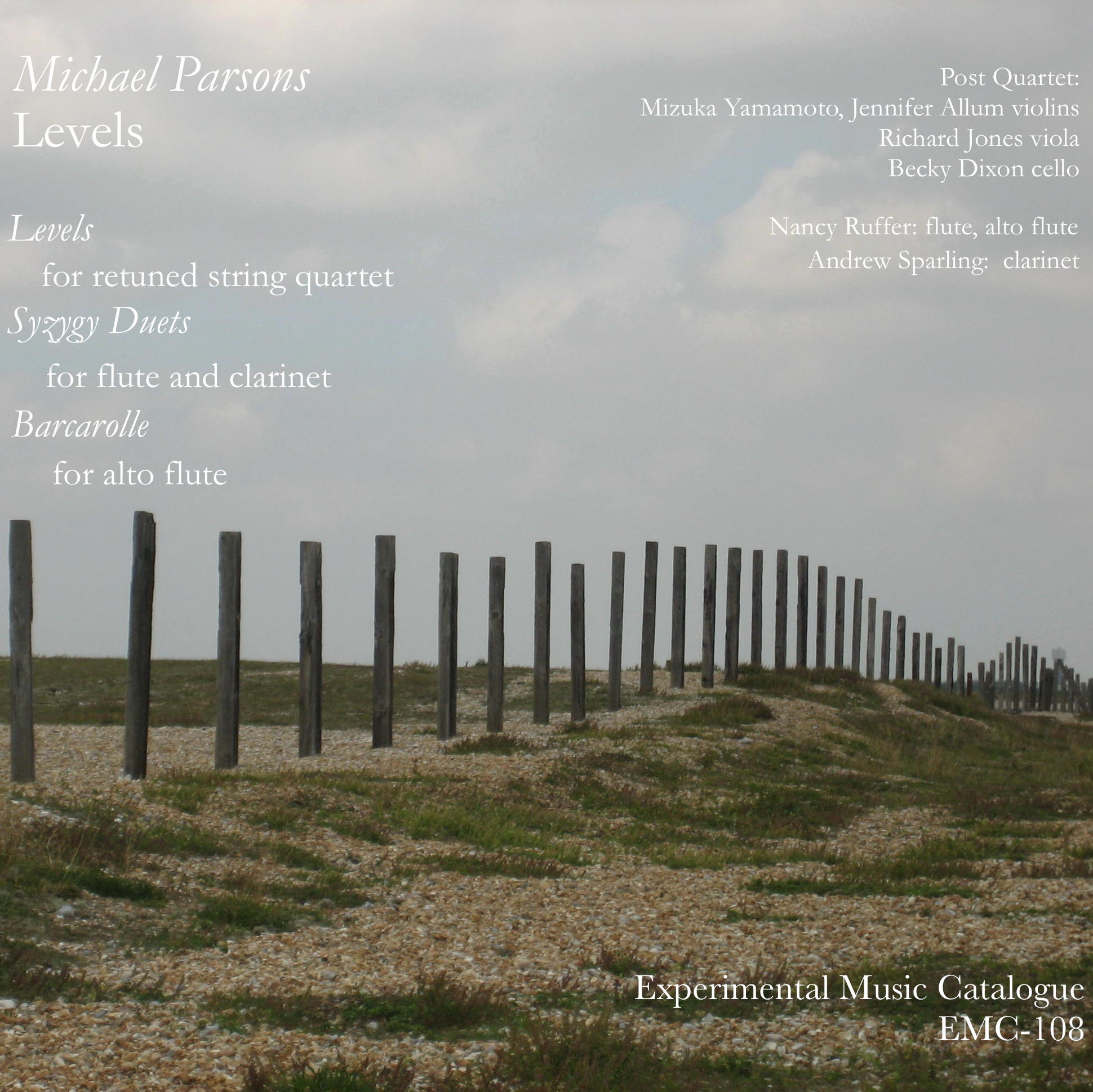 Continuing our Bandcamp theme, and continuing our Michael Parsons celebration, we’ve just uploaded a short album, called Levels. This set of three pieces were performed on Michael Parsons’ seventieth birthday concert in 2008. They consist of the title track, Levels (2007), a piece for retuned string quartet featuring the Post Quartet (Mizuka Yamamoto, Jennifer Allum violins, Richard Jones viola, Becky Dixon cello); Syzygy Duets (1991), two duets performed by Nancy Ruffer, flute, and Andrew Sparling, clarinet, arranged and extracted from an original set of eight short pieces for pairings of oboe, clarinet and two trombones; and Barcarolle (1989), a piece written for Ruffer’s alto flute, and played by her on this recording.
Continuing our Bandcamp theme, and continuing our Michael Parsons celebration, we’ve just uploaded a short album, called Levels. This set of three pieces were performed on Michael Parsons’ seventieth birthday concert in 2008. They consist of the title track, Levels (2007), a piece for retuned string quartet featuring the Post Quartet (Mizuka Yamamoto, Jennifer Allum violins, Richard Jones viola, Becky Dixon cello); Syzygy Duets (1991), two duets performed by Nancy Ruffer, flute, and Andrew Sparling, clarinet, arranged and extracted from an original set of eight short pieces for pairings of oboe, clarinet and two trombones; and Barcarolle (1989), a piece written for Ruffer’s alto flute, and played by her on this recording.